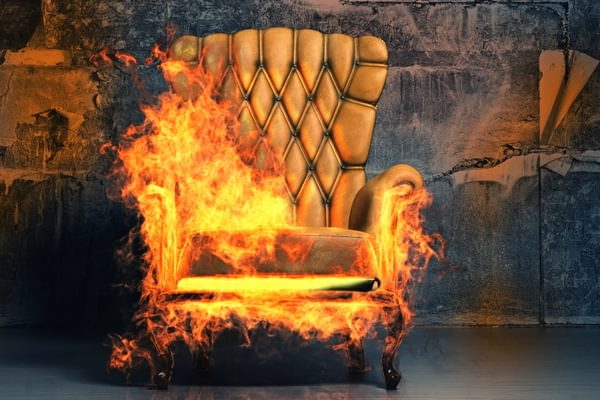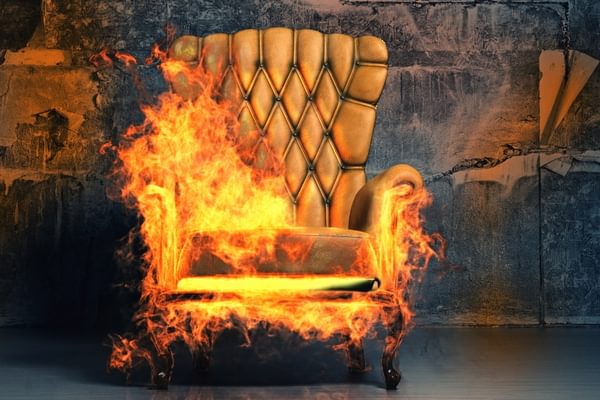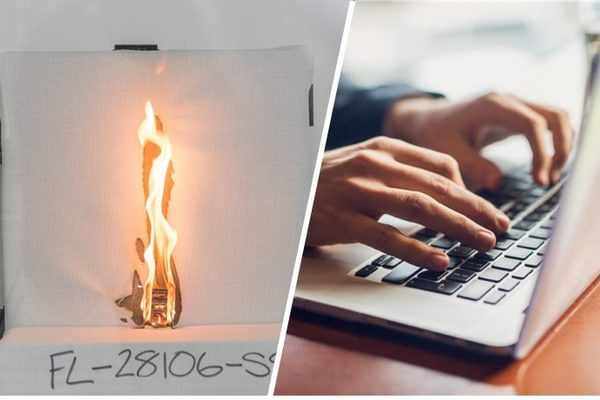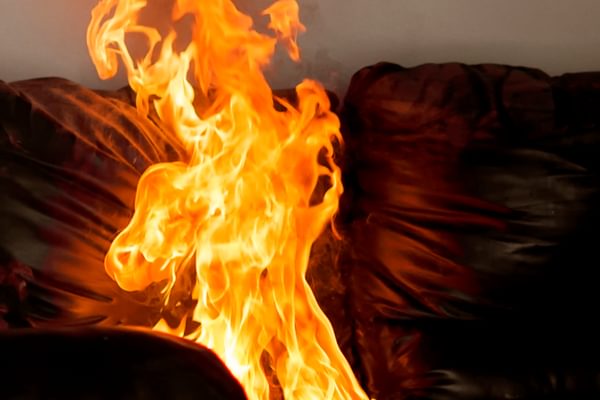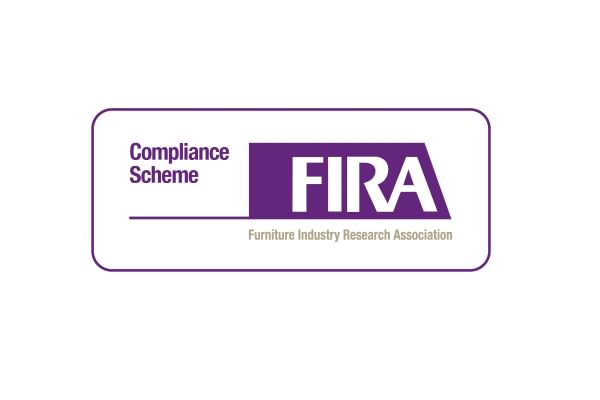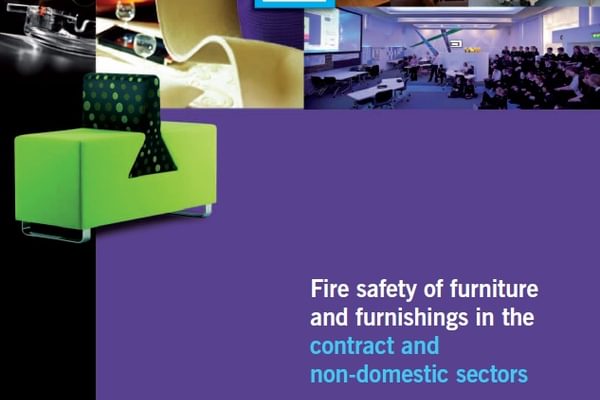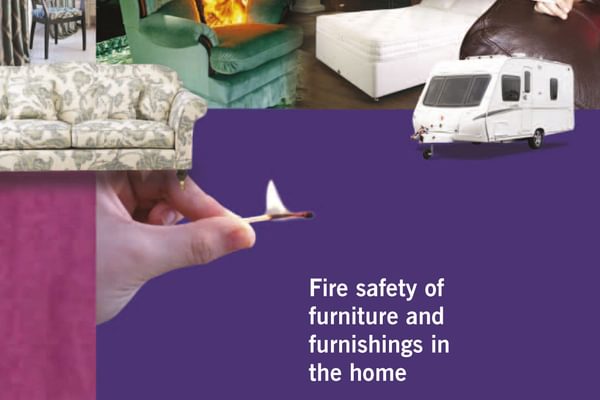Archived News Article
How do flame retardant chemicals impact on recycling furniture?
 Sherree Felice, Furniture Technologist at FIRA International, has been leading the project ‘FR chemicals and their impact on upholstery at end-of-life' on behalf of the Furniture Industry Research Association, which provides invaluable technical support to the entire furniture supply chain and funds projects for the benefit of the industry.
Sherree Felice, Furniture Technologist at FIRA International, has been leading the project ‘FR chemicals and their impact on upholstery at end-of-life' on behalf of the Furniture Industry Research Association, which provides invaluable technical support to the entire furniture supply chain and funds projects for the benefit of the industry.
She explains: "Flame retardants continue to be important to the UK furniture and furnishings industry as they ensure that current high levels of fire resistance performance are maintained, thus minimising deaths and injuries attributable to fires in furniture. The chemical nature of flame retardants has led to many of them being assessed for their potentially hazardous environmental impact.
"The upholstered furniture industry is now facing challenges as a number of flame retardant chemicals being placed on REACH candidate lists. In addition, some are also being considered for designation as Persistent Organic Pollutants (POPs). These factors would have a significant impact on the use of, and responsibilities for, such chemicals and on how to deal with product containing them at the end of its life."
REACH is a European Union regulation concerning the Registration, Evaluation, Authorisation and restriction of CHemicals. Persistent Organic Pollutants (POPs) are chemical substances that persist in the environment, bio-accumulate through the food web, and pose a risk of causing adverse effects to human health and the environment.
Sherree continues: "If an FR chemical is placed on the POPs list, it could be determined as hazardous waste in finished products if the concentration exceeds the acceptable limits, and also how waste is categorised by the waste authority. If classed as hazardous, this has a number of implications such as export of waste to overseas and the import of flame retardant chemicals into the UK. This report ascertains how much the furniture industry will be impacted by projected changes to flame retardants currently used on upholstered goods and if there are changes to the way we dispose of these articles as a result."
The project has also considered the possibility of an effective labelling system that would indicate the FR chemical used on cover fabrics/fillings so that waste centres would have a way of knowing how to handle items in the future.
Key points addressed by the project include:
Why do we use FR chemicals in upholstery? Flame retardant chemicals, classification and their uses Brominated flame retardants What is REACH and how are brominated flame retardants such as decaBDE and HBCD affected? What is the Stockholm Convention and what are Persistent Organic Pollutants (POPs)? POPs related to the furniture industry Directives and programmes related to the incorporation and disposal of brominated flame retardants and POPs The waste stages of brominated flame retardants and polybrominated diphenyl ethers Labelling systems for POPs
>
Members of the Research Association, can download a summary of the findings below.


